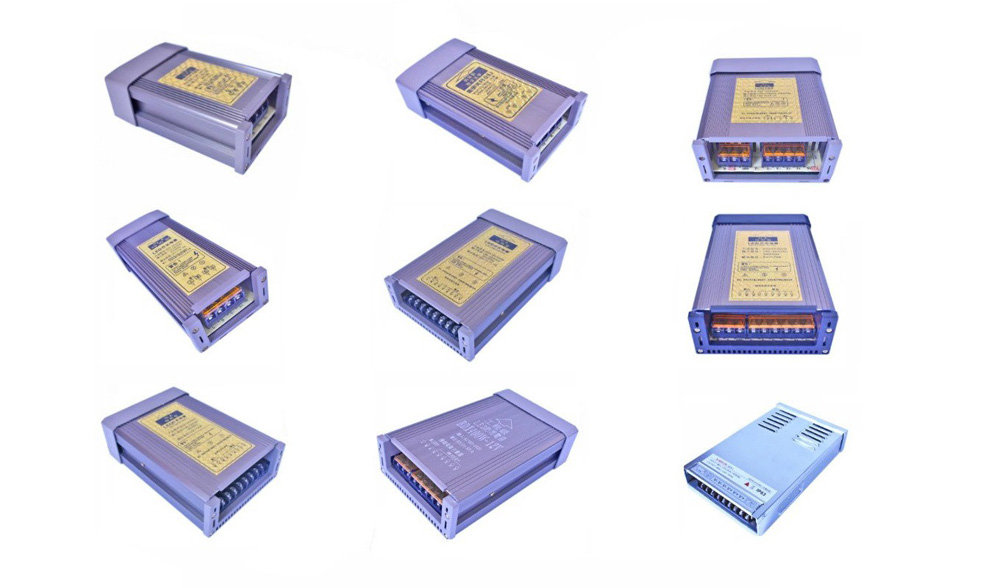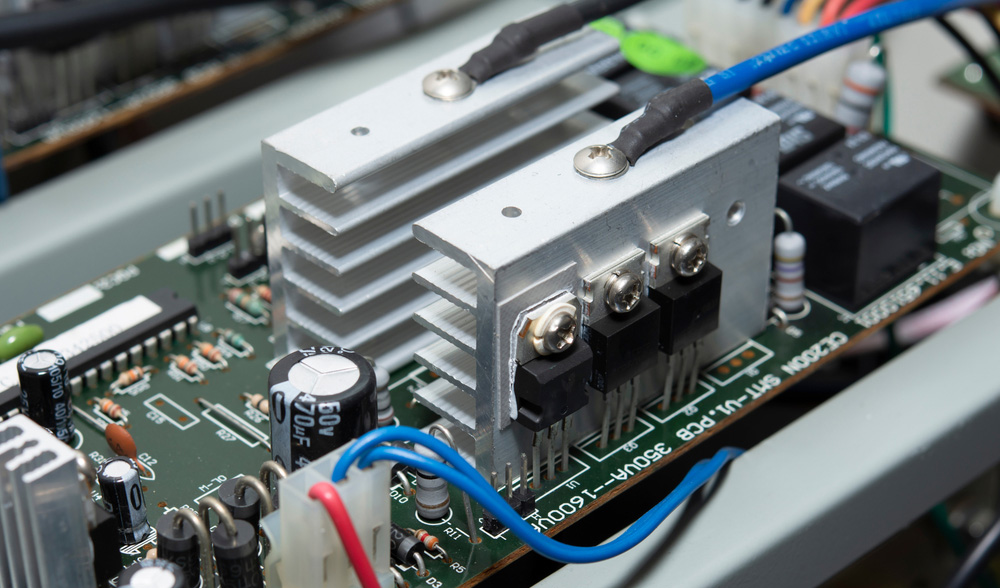Switching power supplies are different from their linear counterparts. Reducing noise or EMI in power supplies for electronic circuit boards is challenging, especially in switching power supply circuits due to inherent noise from switching devices. However, the issue can be addressed by following the switching power supply FAQs.
Definition of a Switching Power Supply
Switching power supplies are a common type of power supply used in electronics, employing precise switching to enable DC to DC, DC to AC, AC to DC, and frequency conversions.
Difference between a Switching Power Supply and a SMPS
Switching power supplies were first researched in the 1950s, using “switching” to improve efficiency over linear power supplies, and the term “switch-mode power supply” was patented in 1976 by Howard Scott of RCA. Nowadays, the terms “switching power supply” and “switch-mode power supply” are interchangeable.

Components Used in Switching Power Supplies
Switch-mode power supplies (SMPSs) differ from linear power supplies as they use precise switching with transistors, rather than diodes, to control duty cycle operation, resulting in better control.
Applications of Switching Power Supplies
Switching power supplies find their widespread usage in digital systems, including telecommunication devices, computing equipment, audio equipment, mobile phone chargers, medical test devices, arc welding equipment, and automotive chargers.
To get to know more about the applications of switching power supplies, please go to: Switching Power Supply Benefits and Uses 2022
Definition of a Switching Power Supply Adapter
Power supplies are converters that adjust supplied power to the required parameter level for a load or circuit. A power supply adapter enables the use of a power supply with an output that wasn’t designed for the input. Power supply designs can include only conversion circuitry or a combination of conversion and adapter circuitry on the same board.
Design Types of Switching Power Supplies
The following are the most common design types of switching power supplies:
- Boost
- Buck
- Buck-Boost
- Forward
- Flyback
- Push-Pull
- Half Bridge
- Full Bridge

Challenges in Designing the Boards Used in Switching Power Supplies
Switching power supplies require precise control of switching action, which will create high frequency and noise. For PCBAs, lower RF frequencies aren’t a big issue, but high-speed board designs need special considerations, including trace lengths and terminations, board impedance, and material type.
Noise Reduction in Switching Power Supply Circuits
Completely eliminating noise or EMI from power supply design is not possible, but reducing it to obtain electromagnetic compatibility is the goal. Your power supply board will get along well with nearby electronic devices. The amount of EMI from your board will not impact the functionality. Best practices for reducing noise on PCBAs include impedance matching, limiting trace lengths, and observing creepage and clearance distances. Filtering is also crucial for performance objectives of connected loads.
You can also go to Here Is What to Watch Out in Switching Power Supply to learn how to figure out the quality of a switching power supply.
What is Crucial for Designing and Making PCBAs
Switching power supply boards have versatile usage, but require special attention for the following factors during development.
Optimization of PCBA Development
- Adopt a good filter design techniques
- Select materials capable of high-speed signal propagation
- Choose the right trace widths and lengths
- Apply the right signal, board, chassis and earth grounding techniques
- Comply with rules and guidelines for CM’s DFM and DFA
By implementing the techniques listed above, a switching power supply design can meet performance objectives, address challenges, and facilitate optimal development. Power1986 works with clients throughout development to ensure that boards are built quickly and to the highest quality standards.
Need more help with switching power supply development? Feel free to Contact Us and tell us how we can help you to design and produce the switching power supplies you need.
